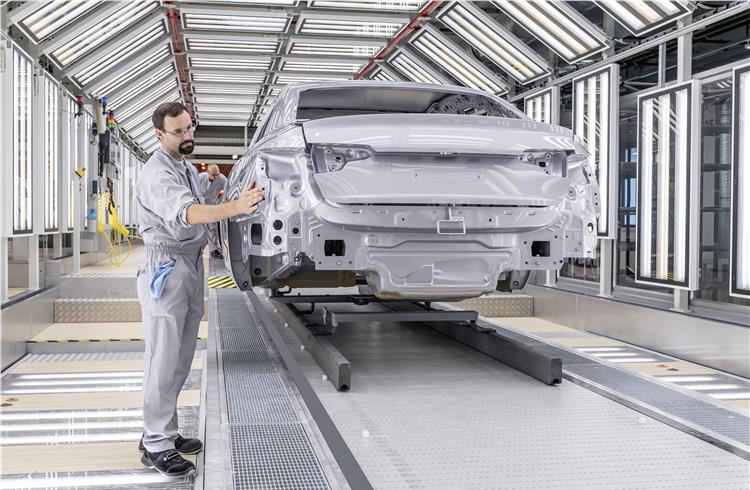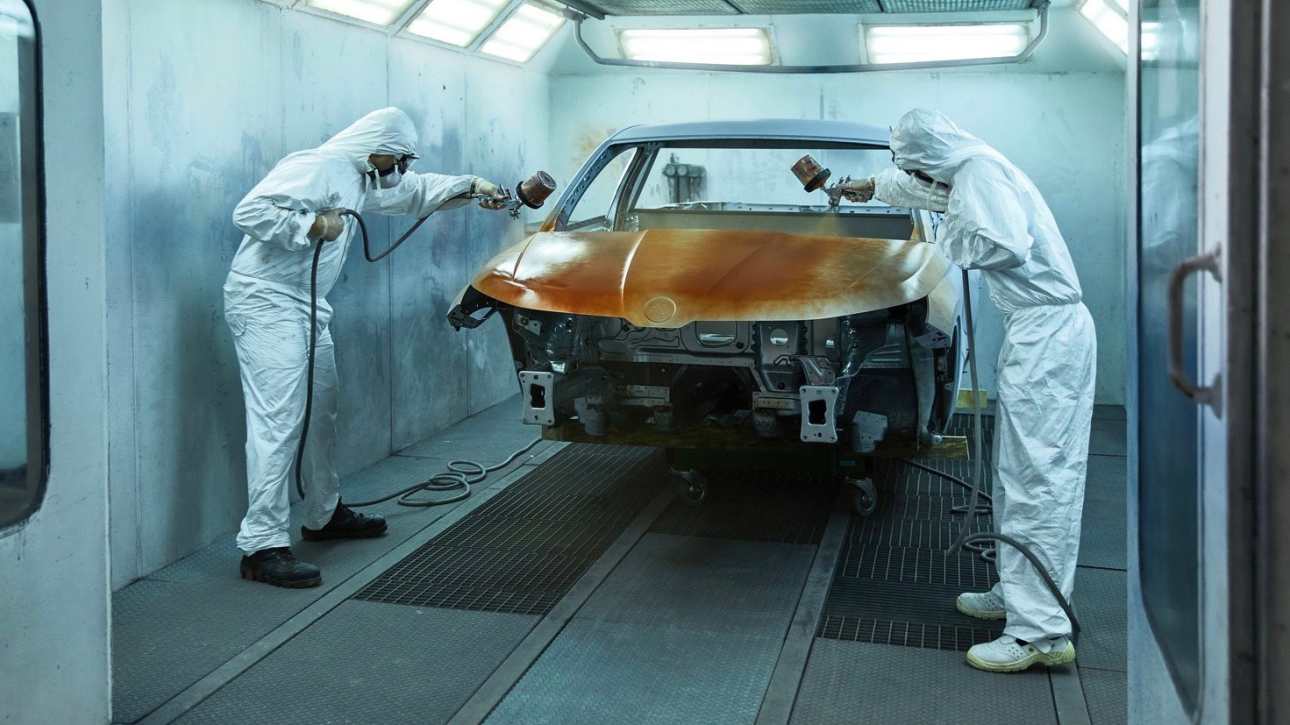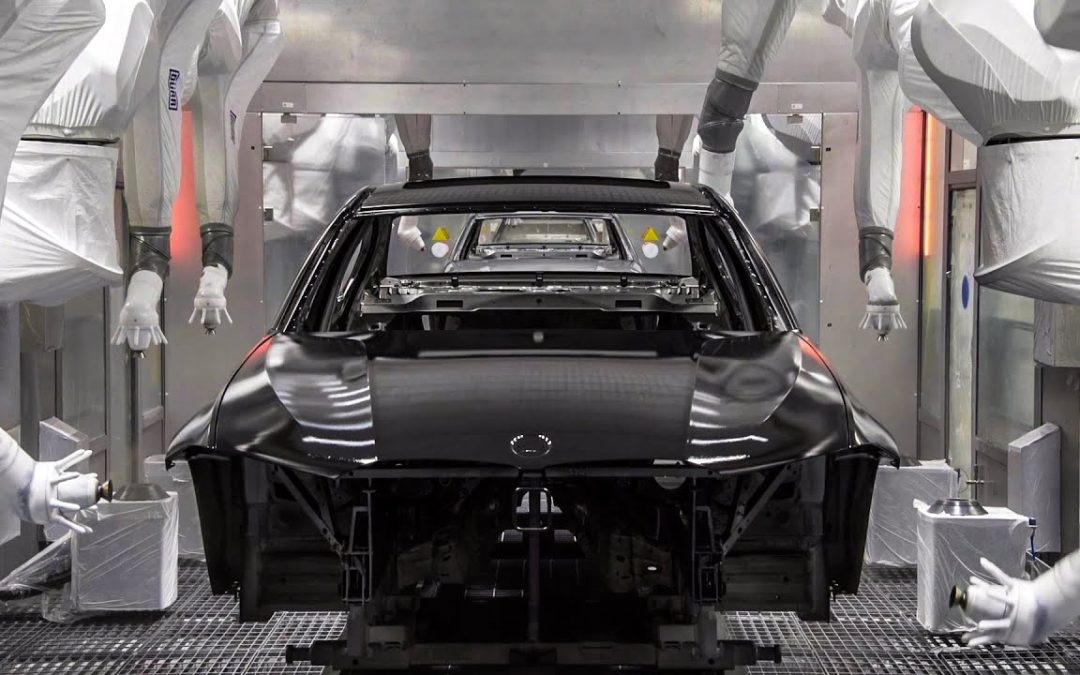Car paint protection is crucial for maintaining the aesthetic and resale value of your vehicle. Whether you are a brand-new car owner or someone who’s had their vehicle for years, understanding how to protect car paint officially approved methods can save you time, money, and stress in the long run.
In this comprehensive guide, we will explore various techniques, products, and practices that can ensure your car remains glossy, polished, and free from damage.

Why Protecting Car Paint is Crucial
Protecting the paint on your car goes beyond mere aesthetics. It prevents your vehicle from damage caused by elements such as UV rays, bird droppings, and road debris. Furthermore, a well-maintained paint job enhances the resale value of your car.
Tremendous Benefits of Car Paint Protection
- Extends the lifespan of the paint
- Preserves resale value
- Enhances overall appearance
Types of Car Paint Protection
1. Waxing
Waxing is one of the oldest and most effective forms of protecting car paint. It provides a protective layer against environmental hazards and adds a stunning glossy finish to your car.
2. Ceramic Coating
Ceramic coatings offer a more durable solution. They form a hard shell around the paint, protecting it from scratches, oxidation, and minor abrasions.
3. Paint Sealants
Paint sealants are synthetic products designed to provide long-lasting protection. They are more durable than wax and can repel dirt and grime effortlessly.
4. Vinyl Wraps
Vinyl wraps are an excellent way to protect your paint while adding a custom look to your car. They are durable and can last up to five years.
5. Paint Protection Film (PPF)
PPF is a clear, durable film that acts as a barrier against rocks, road debris, and other hazards. It’s a terrific solution for those who want high-level protection.
Step-by-Step Guide to Protecting Car Paint
1. Washing
A proper wash removes dirt and contaminants that can damage the paint. Use a car-specific soap and a microfiber cloth.
2. Claying
This step removes bonded contaminants that washing alone cant tackle. Use a clay bar to gently scrub the surface.
3. Polishing
Polishing eliminates minor scratches and restores the paints shine. Use a high-quality polish for the best results.
4. Applying Protection
Finally, apply your chosen form of protection, whether it’s wax, sealant, or ceramic coating.
Approved Products for Car Paint Protection
Various products in the market offer superior protection for your car paint. Brands such as Meguiars, Chemical Guys, and 3M are highly recommended.
1. Meguiar’s Wax
This is a reliable and easy-to-apply wax that offers tremendous protection and shine.
2. Chemical Guys Ceramic Coating
This product offers a durable and high-gloss finish, making your car look factory-fresh.
3. 3M Paint Protection Film
3Ms PPF is among the best in the market, offering exceptional durability and clarity.
Protecting Car Paint from Environmental Damage
1. Sun Damage
UV rays can oxidize and fade your cars paint. Use a UV protectant spray to minimize damage.
2. Bird Droppings
Acidic bird droppings can eat into your paint. Wash them off immediately to prevent lasting damage.
3. Road Debris
Gravel, sand, and rocks can chip your paint. Paint protection films are the best defense against this type of damage.
Regular Maintenance Tips for Car Paint
1. Regular Washing
Consistently washing your car keeps it free from contaminants that can cause long-term damage.
2. Parking the Car Well
Always aim to park your car in shaded areas or use a car cover to protect it from elements.
3. Quick Detailing
A quick detail spray can help maintain the cars gloss between washes.
Expert Advice on Car Paint Protection
Experts emphasize that a combination of regular maintenance and high-quality products offers the best protection for your car paint.
Seasonal Tips for Car Paint Protection
1. Winter
During winter, salt and grime can damage your paint. Regular washes and applying a sealant are crucial steps.
2. Summer
The intense sun can cause oxidation. Use a UV protectant and park the car in shaded areas.
3. Fall
Falling leaves can leave stains and sap residue. Make sure to wash and wax your car regularly.
4. Spring
Spring brings pollen and bird activity. Keep your car clean and apply a fresh coat of wax.
Common Myths About Car Paint Protection
Several misconceptions surround car paint protection. Here are a few clarified:
Myth: Waxing is outdated
Truth: Waxing remains a highly effective method for protecting car paint.
Myth: Ceramic coatings are unaffordable
Truth: While initially expensive, ceramic coatings offer long-term savings by reducing maintenance costs.
FAQ
Q: How often should I wax my car?
A: Waxing your car every 3-4 months is generally recommended for optimal protection.
Q: Can I apply wax on top of a ceramic coating?
A: It’s not necessary. Ceramic coatings already provide extensive protection.
Q: Is it worth investing in professional detailing?
A: Absolutely! Professional detailing can address issues that DIY methods may miss.
For a more detailed guide on car painting techniques, visit Autobody Toolmart.

Conclusion
Understanding how to protect car paint is beneficial for every car owner. Implement these tips and practices, and your car will remain looking its best for years to come.
